Reviewers (ordered alphabetically based on surname)
Keynote subject: New developments in marine EM/MT
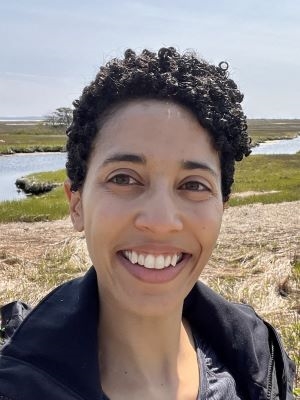
Dr. Christine Chesley
Postdoctoral Researcher at Woods Hole Oceanographic Institution, USA
Christine Chesley earned a PhD from Lamont-Doherty Earth Observatory at Columbia University in 2021 and is currently a postdoctoral investigator at Woods Hole Oceanographic Institution. During her time as a researcher, Christine has participated in 3 research cruises to collect data at the Hikurangi Margin subduction zone offshore New Zealand’s North Island, the Alaska-Aleutian trench, and the Gofar transform fault of the East Pacific Rise. Christine’s research involves application of the marine controlled-source electromagnetic and magnetotelluric methods to address tectonophysics problems that are relevant to our understanding of earthquake fault slip behavior, fluid flow and hydrothermal circulation through oceanic lithosphere, melt storage and migration at volcanic arcs, and lithospheric evolution.
Keynote subject: EM on and around Japan
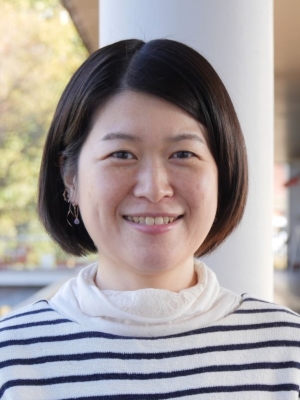
Dr. Maki Hata
Assistant Professor at Disaster Prevention Research Institute, Kyoto University, Japan
Dr. Maki Hata earned her Ph.D. at Kyoto University, Japan, in 2013. She gained experience in geo-electromagnetic observations and analyses, as research fellows, at Earthquake Research Institute, The University of Tokyo and Geological Survey of Japan, National Institute of Advanced Industrial Science and Technology from 2013 to 2022. Her research interest has lain in the dynamics of the subduction zone/the mantle wedge with intense volcanic and seismic activities, influenced by fluid distribution. Therefore, she especially focuses on revealing the relation between subsurface electrical-resistivity distribution of the island arcs, such as Japan and New Zealand on the Circum-Pacific Belt, and fluid/magma
Keynote subject: Data science and machine learning in EM
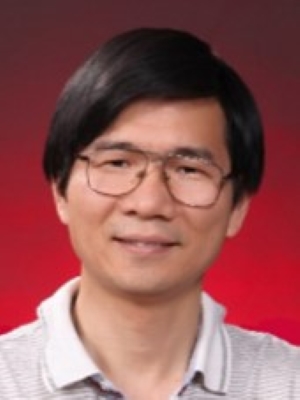
Dr. Qinghua Huang
Professor at the Department of Geophysics, School of Earth and Space Sciences, Peking University, China
Prof. Huang received the Ph.D. degree from Osaka University, Osaka, Japan, in 1999. His research interests include the development of new algorithms, methodologies, and models for geo-electromagnetic applications. He has coauthored more than 140 articles in national and international journals. Prof. Huang was a recipient of the First Prize for Science and Technology of Chinese Geophysics by the Chinese Geophysical Society (CGS) in 2016. He is a Vice-President of the Seismological Society of China, a Vice-President of the Chinese Geophysical Society, a Bureau Member of IUGG-EMSEV, a Deputy Editors-in-Chief of Chinese Journal of Geophysics, and an Associate Editor of Journal of Geophysical Research – Solid Earth.
Keynote subject: EM on volcanic islands
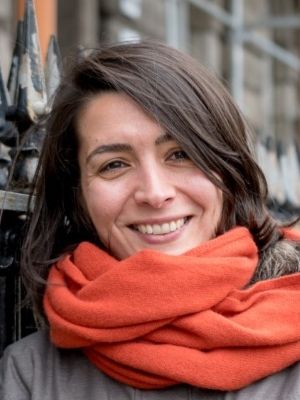
Dr. Duygu Kiyan
Schroedinger Fellow at Dublin Institute for Advanced Studies, Ireland
Duygu Kiyan received a B.Sc. (2005) and an M.Sc. (2009) in Geophysics from the Istanbul Technical University in Turkey, and a Ph.D. (2015) from the National University of Ireland, Galway, and the Dublin Institute for Advanced Studies (DIAS) in Ireland. She then worked as a Postdoctoral Research Fellow at DIAS under the support of the 2016 Science Foundation Ireland (SFI) Industry Fellowship Programme and the SFI Research Centre in Applied Geosciences. She was awarded a 5-year Schroedinger Fellowship within the Geophysics Section of DIAS in 2019, since when she has been leading the electromagnetics research group there. She has also recently started overseeing the national magnetotelluric (MT) infrastructure for the geoscience research community. Her current research focuses on the application of the MT method for resource characterisation in Ireland, however in recent years she has successfully applied the MT method to study the internal structure of various volcanic islands, notably the Azores and Iceland.
Keynote subject: EM on other planets/planetary bodies
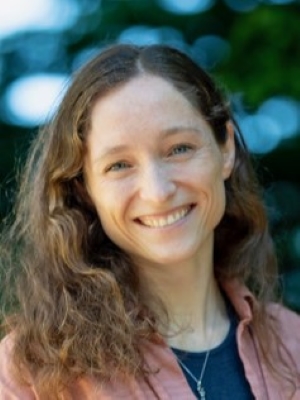
Dr. Anna Mittelholz
Research Scientist at ETH Zurich, Switzerland
Dr Anna Mittelholz is a SNF Ambizione Fellow at ETH Zurich studying planetary magnetic fields. She earned her PhD at the University of British Columbia, Vancouver, Canada in 2019. Subsequently, she was awarded the ETH Postdoctoral Fellowship at ETH Zurich and the Daly Postdoctoral Fellowship at Harvard University. She has played an active role in NASA missions, notably serving as the magnetics working group co-lead and as a member of the leadership team for the InSight mission to Mars. Her primary research focus lies in the evolution of terrestrial planets, with an emphasis on understanding their interior dynamics and magnetic environments. She employs magnetic sounding as a crucial method to probe planetary structures and gather vital information about their evolution.
Keynote subject: Temporal variability of EM transfer functions
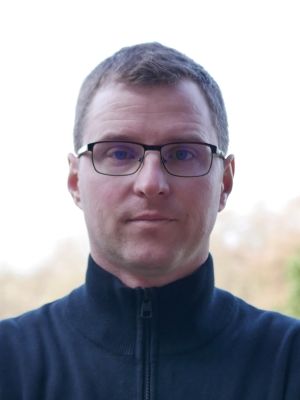
Dr. Pierre Wawrzyniak
Research Scientist at French Geological Survey, France
Pierre WAWRZYNIAK is a geophysicist specialized in EM data acquisition, processing and modeling. His PHD thesis focused on Time Lapse Magnetotellurics applied to the March 1998 volcanic crisis at La Fournaise volcano, Reunion island. He joined the French Geological survey in 2012 and started working on Controlled-Source EM and MT methods for supercritical CO2 plume monitoring in saline deep aquifers, high enthalpy geothermal reservoir monitoring and thermal plume monitoring for low enthalpy geothermal reservoirs. He has also been actively involved in geothermal exploration using CSEM and MT methods. He co-developed an open source python library for robust processing of EM arrays, including time lapse. Recently, he worked on MT networks for monitoring the ongoing Mayotte seismo-volcanic crisis and the Montagne Pelée volcano (Martinique, West Indies) and performed imaging surveys on volcanic islands.
Keynote subject: Imaging of super-critical fluids
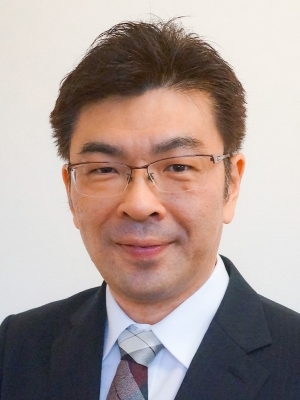
Dr. Yusuke Yamaya
Leader of Geothermal Energy Team at Renewable Energy Research Center, National Institute of Advanced Industrial Science and Technology (AIST), Japan
Dr. Yamaya received his Ph.D. degree from Hokkaido University in 2008. He has been engaged in research studies associated with the subsurface fluid distribution and its role in geothermal/tectonic activity based on resistivity structures inferred from EM explorations, mainly in volcanic and geothermal regions and seismogenic zones. In 2015, he joined the National Institute of Advanced Industrial Science and Technology (AIST) as a researcher. Since then, he has been involved in monitoring studies on conventional geothermal reservoirs as well as conducting research on the evaluation of supercritical geothermal resources for future use in power generation. Currently, he is the team leader of the Geothermal Energy Team, Renewable Energy Research Center, Fukushima Renewable Energy Institute, AIST (FREA). He is a member of the steering committee of the journal Earth, Planets and Space and a councilor of the Geothermal Research Society of Japan.